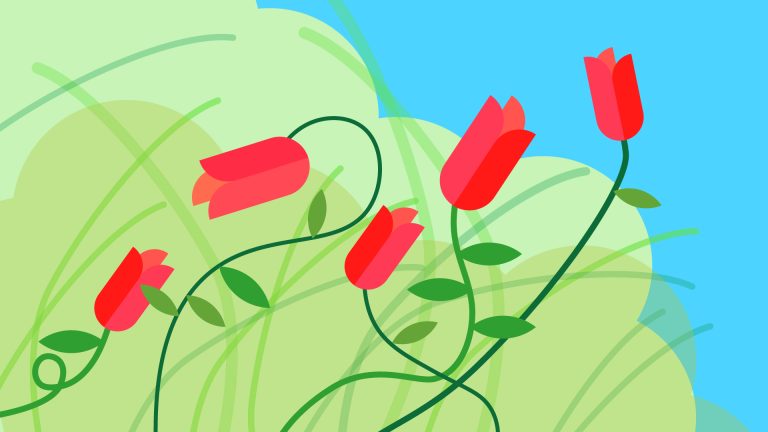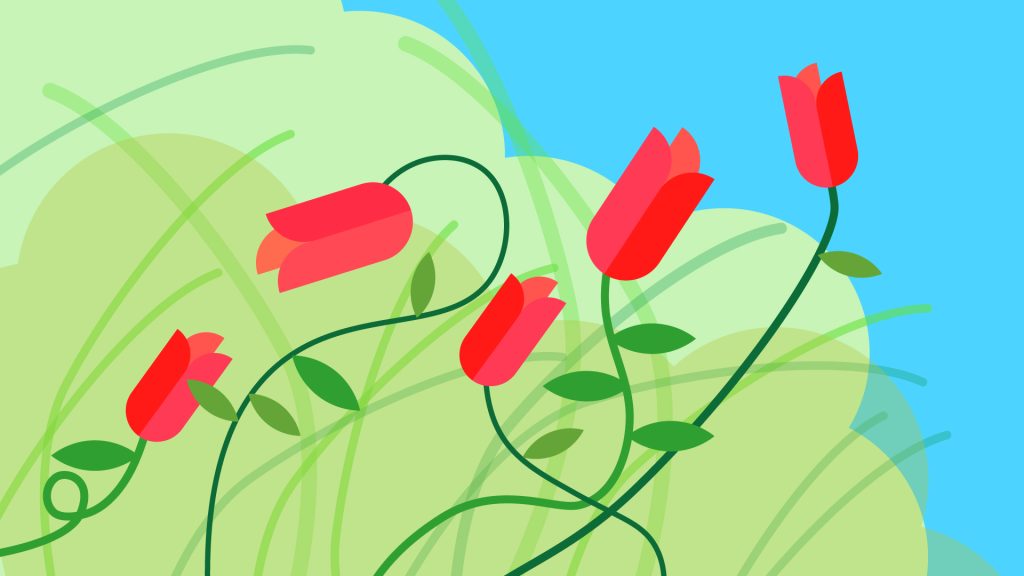
Melanie Martinez
Science and Technology Editor
Within the foggy coastal areas of Santa Barbara, many species of coastal sage scrub, such as the California fuchsia, grow and thrive. This brightly-colored collection of plants can be found along canyon walls and slopes among the other species of coastal sage scrub. You might be able to see this plant lining any of the bluffs that flank the edge of campus here at the UC Santa Barbara (UCSB) and Isla Vista (I.V.).
The California fuchsia stands out with its bright, scarlet-colored flowers that hang from its long, lance-shaped, gray-green leaves. Its vibrant nature can be observed at its prime during summer and autumn, when the flowers will be on display for months. However, once those seasons end, its flowers die and the plant returns to a state of dormancy until the next flowering period.

Rather than be classified as a scrub, a gathering of “low bushes and trees that grow in very dry soil,” the California fuchsia is actually considered to be a “subshrub,” which is a small, woody plant.
To qualify as a subshrub, the plant must meet certain criteria, such as having ground-hugging stems or low growth habits. On average, the California fuchsia can grow up to two feet tall and four feet wide. The low-hanging, fast-growing plant thrives in sandy and gritty soils, and is perfect for rock and gravel gardens. It can be a great addition to any garden due to the ease of caring for the plant.
As a native to California, this plant is drought-tolerant when near its native coastal areas. In a drought-ridden state, the California fuchsia can persevere with its minimal water needs and low maintenance care. In fact, according to lists of fire-safe plants such as the ones by Marin County and San Diego County, California fuchsia is actually fire resistant.
This subscrub tends to attract the interest of many species like birds, butterflies, and hummingbirds. However, hummingbirds are especially attracted to the California fuchsia. Its intensely-colored flowers are what pique the interest of the hummingbirds. Its Chumash name, s’akht’utun ‘yukhnuts, can be translated into “hummingbird sucks it,” signifying its relationship with the bird.
Another interesting fact about the California fuchsia is that it can be used for medicinal treatment. The leaves can be used for many benefits; more specifically, they have a history of being used to treat cuts and sores among livestock. For example, they can be used as a detergent or as a dusting powder for cuts, wounds, and sores on horses. By boiling its leaves, an extract known as decoction is produced, which can be used to treat tuberculosis, kidney, and bladder trouble. In addition, it can be used as a cathartic.
The California fuchsia is a beautiful and colorful subscrub that is a staple of the California coast. With a rich history and connection to the land, the California fuchsia lives up to its name as a native California plant species. Aside from its many uses, it’s also a lovely addition to the flora of UCSB and I.V. As spring quarter approaches and the weather warms up, keep an eye out for the signature scarlet flowers that will be in bloom on the bluffs!










